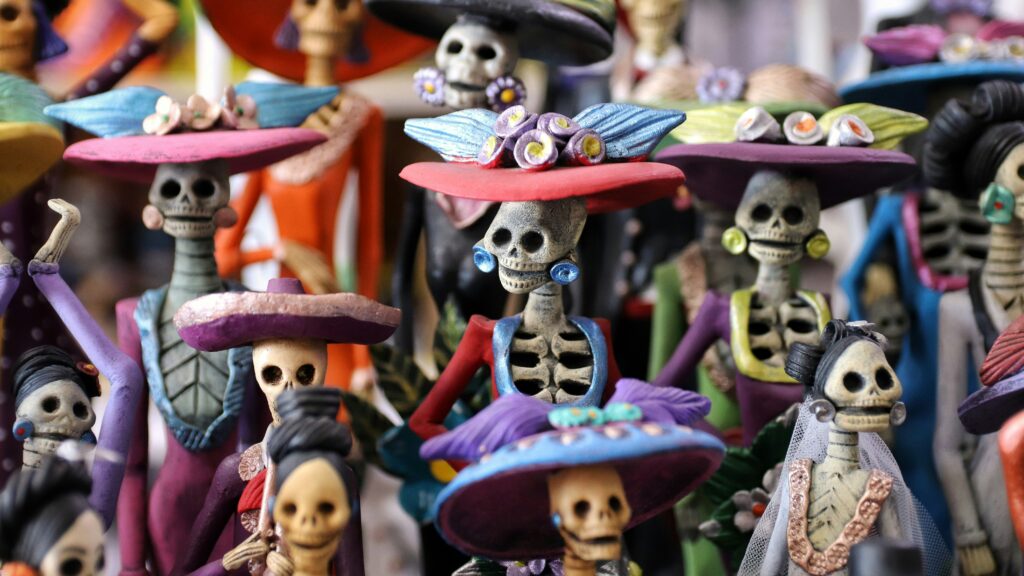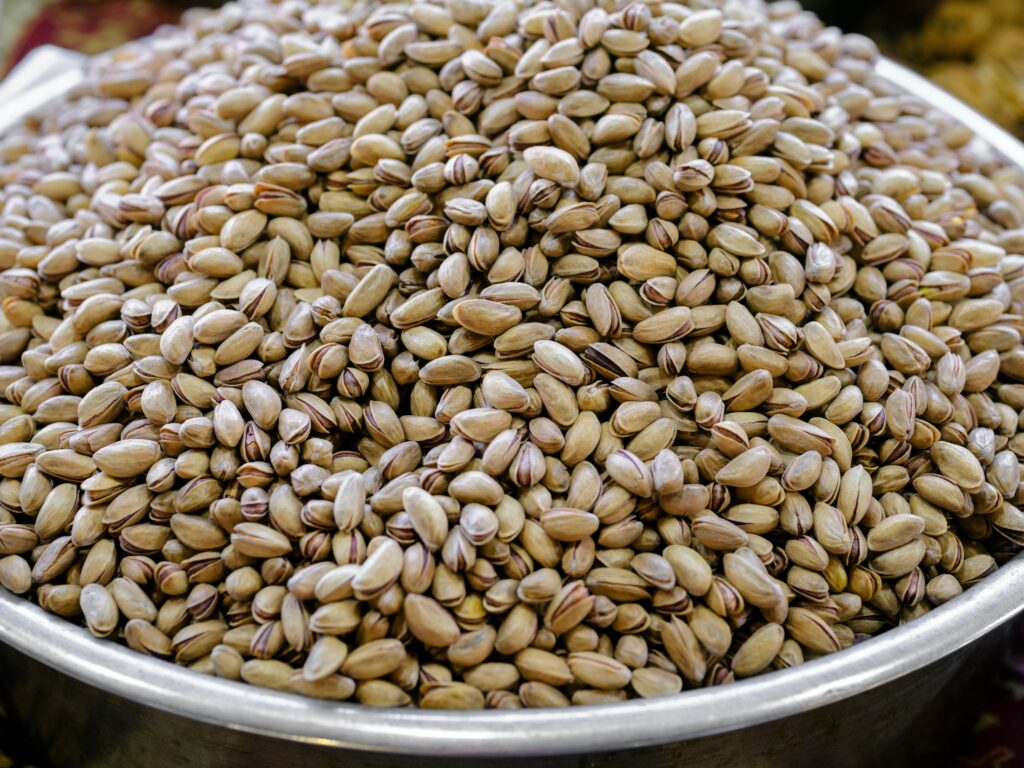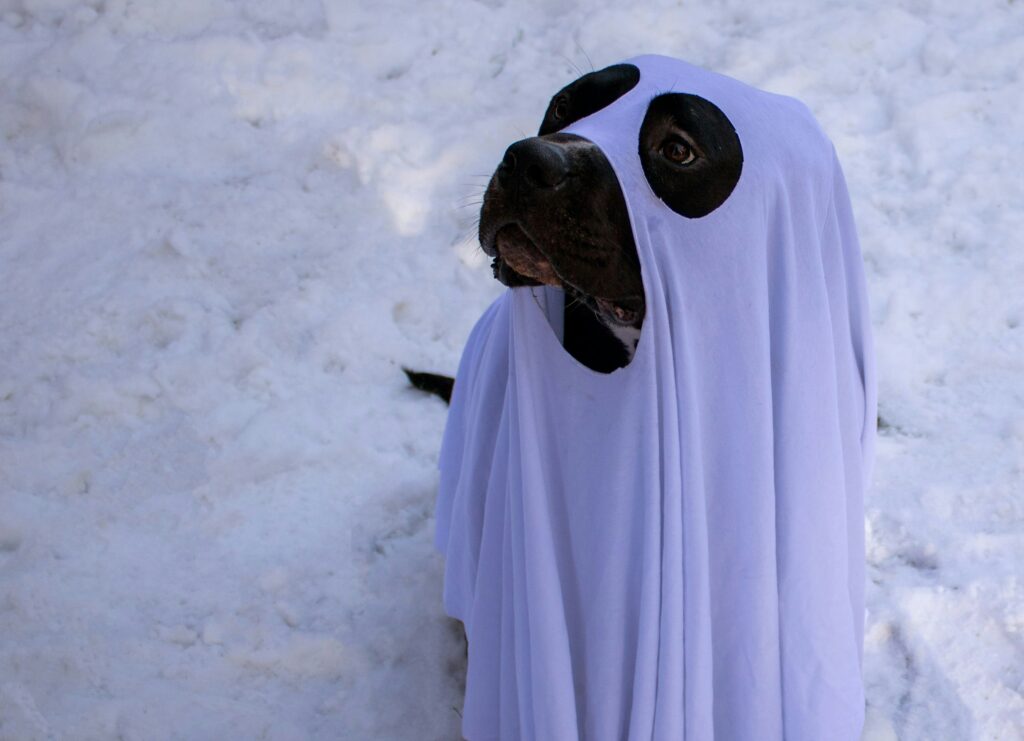October has arrived and in conjunction with it, the spookiest holiday of the year: Halloween. The origins of Halloween are derived from pagan traditions, largely evoked through the celebration of Sahmain; which marked the end of summer and the commencing of a new year. During the night of Sahmain, ancient Celts believed the division between the lives of the living and those of the dead were blurred. Commensurately, it was natural for them to eventually conclude that during October 31st, the visages of ghosts returned to Earth.
Fast forward many centuries later, and the tradition of Sahmain has evolved into Halloween. In America, the development of Halloween was initially stunted due to the rigid orthodoxy espoused by arriving Protestants. As more ethnic groups arrived from Europe, however, a more crystalized concept of Halloween began to emerge. Borrowing from European traditions, Americans soon began costuming themselves and visiting nearby houses for treats, propagating the now-prevalent “trick-or-treat” tradition. For adults, holding gatherings to engage in seasonal games, foods and festive costumes similarly became popular. By the 1950s, Halloween had become almost completely secularized, transforming into a community-wide event that we all participate in. Today, Americans spend an estimated $6 billion dollars annually on Halloween, making it the country’s second largest commercial holiday.
In this article, we’ll briefly explore ten facts related to Halloween to entrench you further in the spirit of the holiday.
Is anyone home?

Some Americans are more enthusiastic about Halloween than others. A surprising proportion of American adults elect not to answer their doors on Halloween, instead surreptitiously hiding in their homes. According to a 2021 YouGov poll, about 20% of the adults surveyed pretend they are not at home when eager trick-or-treaters beckon.
My kingdom for a turnip!

Pumpkins were not always the vegetable ubiquitously used for Halloween carvings. Historically, the Irish and Scottish actually carved turnips to commemorate deceased souls. Once they arrived in America, however, they happily discovered that pumpkins were far easier to carve.
Dia de los Muertos

Dia de los Muertos, or the “Day of the Dead” is a Mexican holiday that is often conflated with Halloween. In reality, the two do not share the same provenance. The Mexican holiday dates back more than 3,000 years and is a time dedicated to celebrates the lives of deceased loved ones. Though there are festivities involved, they generally do not involve costumes, the exchange of treats, or other notable Halloween traditions.
Popularity contest

Have you ever found yourself ruminating on what the most popular Halloween candy is? According to research conducted by YouGov, the candy most circulated during Halloween are M&M’s, though children seem to prefer the runner-up, Reeses Peanut Butter Cups.
The biggest loser?

Since we’ve addressed the most popular candies disseminated during Halloween, we can now justifiably inquire about the inverse: What’s most the unpopular Halloween candy? According to Candystore, consumers voted Circus Peanuts as the worst Halloween candy in 2023, topping the site’s chart for the second year in a row.
Etymology of candy corn

Candy corn has been around since the 1800s, though it was originally known by a different name: “chicken feed.” Doesn’t sound very appetizing, right? After World War I, the man who conceived candy corn, George Renninger, rebranded chicken feed as candy corn; providing it with a more appealing veneer.
How to satiate my sweet tooth?

The dispensation of candy to trick-or-treaters wasn’t commonplace till the 1950s. Initially, costumed children making the rounds during Halloween were instead given cake, fruits, nuts, coins, or even toys. Seeing a distinct opportunity to monetize the holiday, however, candy producers began to energetically promote their products for Halloween. Today, approximately one-quarter of all candy sold each year is purchased specifically for the holiday.
A doggone good time

Pet owners, it turns out, can be just as eager to costume their furry friends as their children. The market for pet costumes has been burgeoning in recent years. According to an NRF (National Retail Federation) survey, the most popular pet costumes included the following:
- Pumpkin
- Hot dog
- Bat
- Bumblebee
- Spider
- Devil
- Cat
- Lion
- Ghost
Ghosts in the executive suite?

Could 1600 Pennsylvania Avenue be haunted? After all, it’s an old house and it does hold a decisive place in our nation’s history. Over the years, there have been several reports of ghostly appearances and other eerie sounds at the White House. The most common ghostly figure spotted in the White House is Abraham Lincoln, who Eleanor Roosevelt, Queen Wilhelmina of the Netherlands, and Sir Winston Churchill all claim to have seen.
Beggar’s Night

One city in the US – Des Moines, IA – celebrates another ritual just prior to Halloween called “Beggar’s Night.” Conceptualized during the 1930s as an alternative to Halloween, during which spates of vandalism had frequently occurred, “Beggar’s Night” took place on October 30th and demanded that children tell jokes in exchange for treats. Almost a century later, the tradition still persists.




